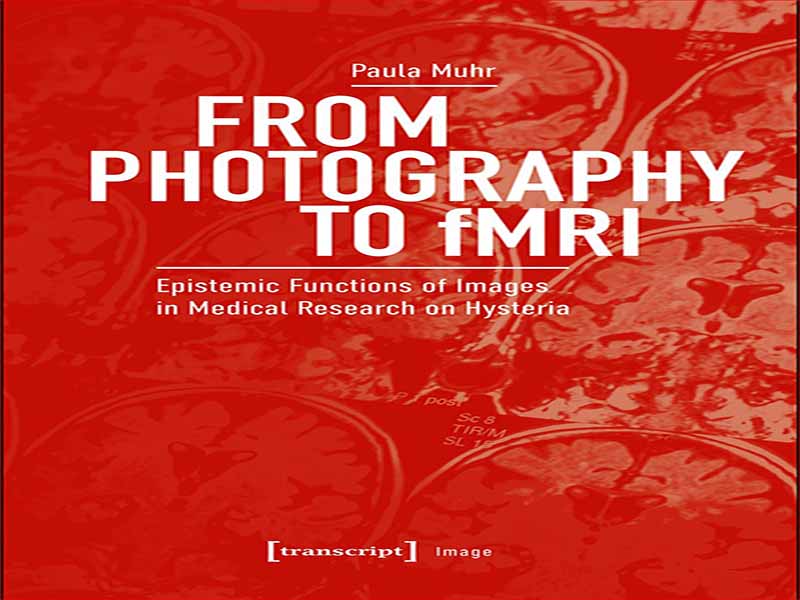- عنوان کتاب: From Photography to fMRI
- نویسنده: Paula-Muhr
- حوزه: MRI
- سال انتشار: 2022
- تعداد صفحه: 615
- زبان اصلی: انگلیسی
- نوع فایل: pdf
- حجم فایل: 7.51 مگابایت
در اوایل سال 2011، هنگام گشت و گذار در اینترنت، به طور تصادفی با نسخه آنلاین مقاله نیویورک تایمز با عنوان “آیا هیستری واقعی است؟” تصاویر مغزی می گویند بله.»1 در آن نقطه، من نیز دیدگاهی را داشتم که همچنان بر ادبیات علوم انسانی تسلط دارد. بر اساس این دیدگاه، هیستری در طول قرن بیستم «از طب رایج نوشته شد.» بنابراین «جایگاهی در گسترههای جدی علم معاصر» نداشت. این دیدگاه به طور گسترده پذیرفته شده را به چالش کشید و در عوض ادعا کرد که هیستری هنوز در بین ما وجود دارد. نکته مهم این است که کینتز به یک واقعیت عمدتاً نادیده گرفته شده اشاره کرد – از آغاز قرن بیست و یکم، مطالعات پزشکی دوباره احیا شده است که از تصاویر برای بررسی هیستری استفاده می کنند. با این حال، جالب اینجاست که در علوم انسانی، تصویر قدیمی هیستری، که این بیماری دیرینه را یک افسانه صرف میداند، همچنان پابرجاست. برای مثال، آماندا دو پریز، مورخ هنر، در نوشتن در سال 2004 استدلال کرده است که هیستری «به طور انحصاری از طریق ظواهر و تصاویر بصری آشکار می شود و در تقلیدها و بازنمایی ها بازتولید می شود. از آنجایی که علت شناسی آن خیالی است، هیستری هیچ مبنای تشریحی یا جسمی ندارد. در نتیجه، این وضعیت را میتوان بهعنوان شبیهسازی علائم توصیف کرد.» (4) در مقابل، کینتز برداشت متفاوتی از هیستری ارائه کرد.
In early 2011, while browsing the internet, I accidentally came across the online version of a New York Times article titled “Is Hysteria Real? Brain Images Say Yes.”1 At that point, I too held the view that continues to dominate the humanities literature. According to this view, hysteria was “written out of current medicine” during the twentieth century.2 It thus had no “place in the serious reaches of contemporary science.”3 But Erika Kinetz, the author of the article published in September 2006, challenged this widely accepted view, claiming instead that hysteria was still among us. Importantly, Kinetz pointed out a largely neglected fact—since the turn of the twenty-first century, there has been a resurgence of medical studies that use images to investigate hysteria. Yet, interestingly enough, in the humanities, the old image of hysteria, which sees this age-old illness as a mere myth, still holds. For example, writing in 2004, the art historian Amanda du Preez has argued that hysteria “manifests exclusively through visual appearances and images and is reproduced in imitations and representations. Since its aetiology is fantasmatic, hysteria has no anatomical or corporeal basis. As a result, the condition can be described as a simulacrum of symptoms.”4 By contrast, Kinetz offered a different take on hysteria.
این کتاب را میتوانید بصورت رایگان از لینک زیر دانلود نمایید.
Download: From Photography to fMRI



































نظرات کاربران